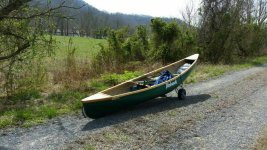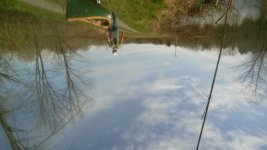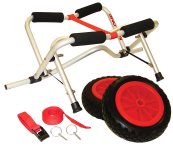- Joined
- Jun 22, 2017
- Messages
- 842
- Reaction score
- 322
I need a canoe cart. It will be used for a canoe and I'll have to walk about 1/4 mile or a bit more on dirt roads that are not super rough. From what I can find, the Malone cart or the Seattle Sports get pretty good ratings. Any comments?
https://www.amazon.com/Malone-Clipp...1533675078&sr=8-1&keywords=Malone++canoe+cart
https://www.amazon.com/Seattle-Spor...047&sr=8-1&keywords=Seattle+sports+canoe+cart
https://www.amazon.com/Malone-Clipp...1533675078&sr=8-1&keywords=Malone++canoe+cart
https://www.amazon.com/Seattle-Spor...047&sr=8-1&keywords=Seattle+sports+canoe+cart



